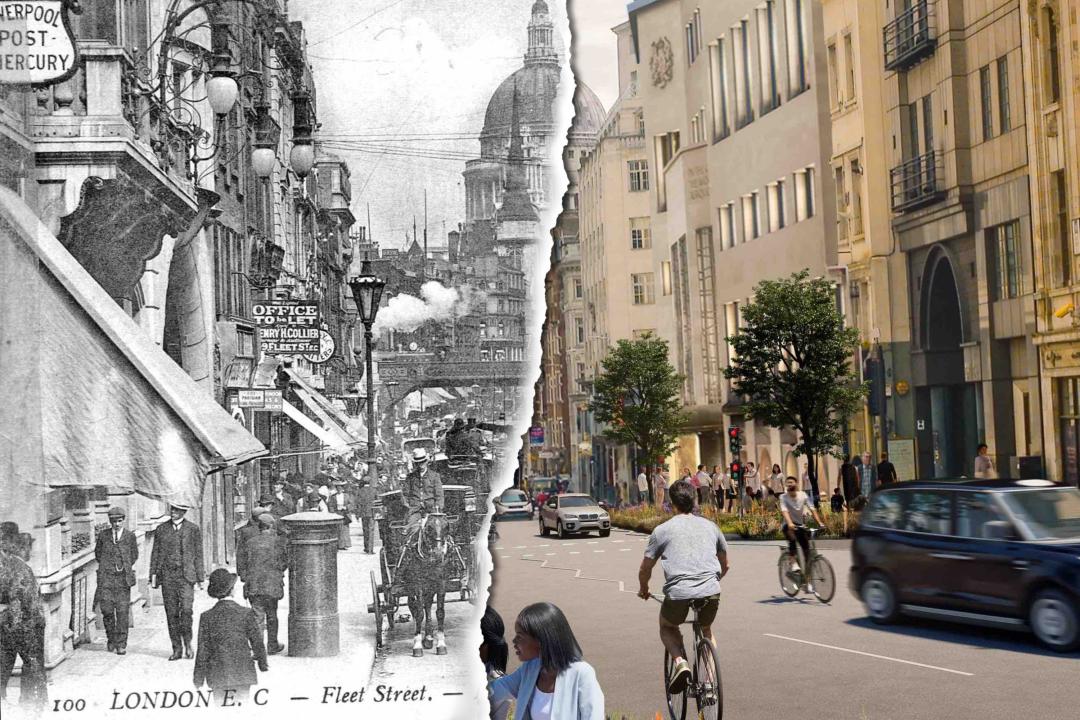Filthy, foetid and fraught with danger. A magnet for hooligans, hard drinkers, a few saints and plenty of sinners. And that was Fleet Street before the newspapers moved in.
This ancient thoroughfare, in use since Roman times, is one of London’s most famous occupational streets, much as Jermyn Street is known for its tailors and Harley Street its medics. The difference is that Fleet Street is inexorably linked to newspapers despite the fact journalists have not pounded its pavements for decades, the trade having moved on to Wapping and beyond at the tail end of the last century.
Now Fleet Street is on the cusp of another new era, with plans to replace many of its historic buildings with modern office blocks. According to the Fleet Street Quarter Business Improvement District – an organisation set up to promote Fleet Street and its surrounds as a modern business destination – there are some 34 major new projects on their way in the area, the result of a circa £5 billion investment which will create three million sq ft of office and commercial space.

Britain’s best politics newsletters
You get two free articles each week when you sign up to The Spectator’s emails.
Already a subscriber? Log in








Comments
Join the debate for just £1 a month
Be part of the conversation with other Spectator readers by getting your first three months for £3.
UNLOCK ACCESS Just £1 a monthAlready a subscriber? Log in